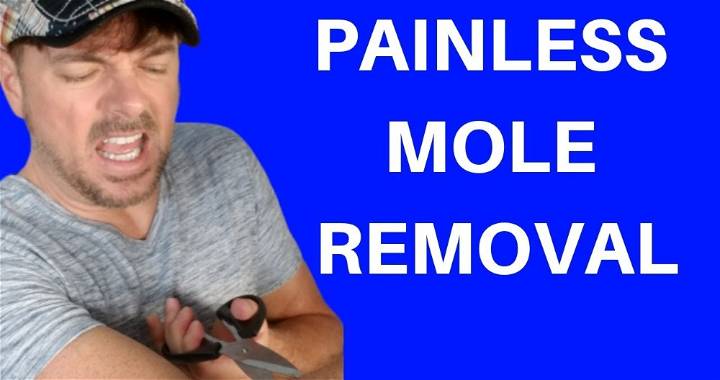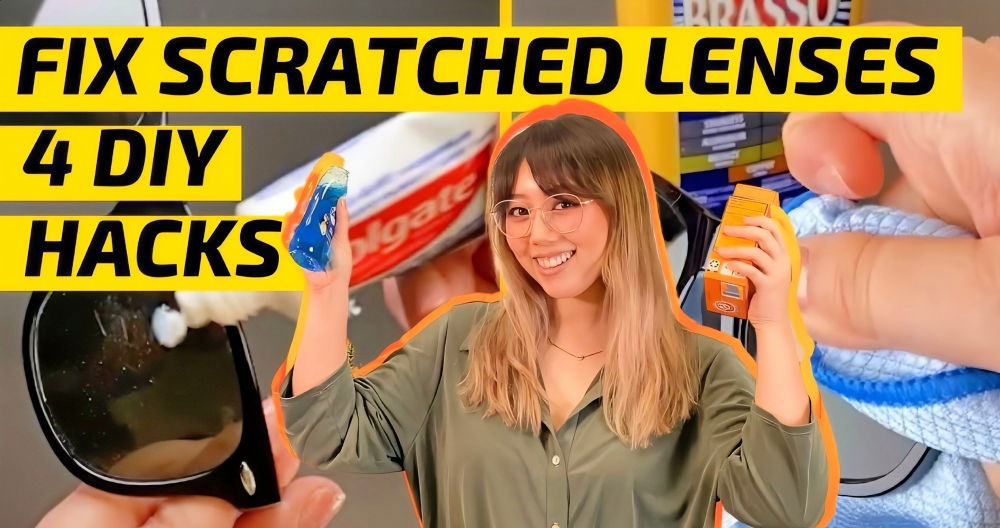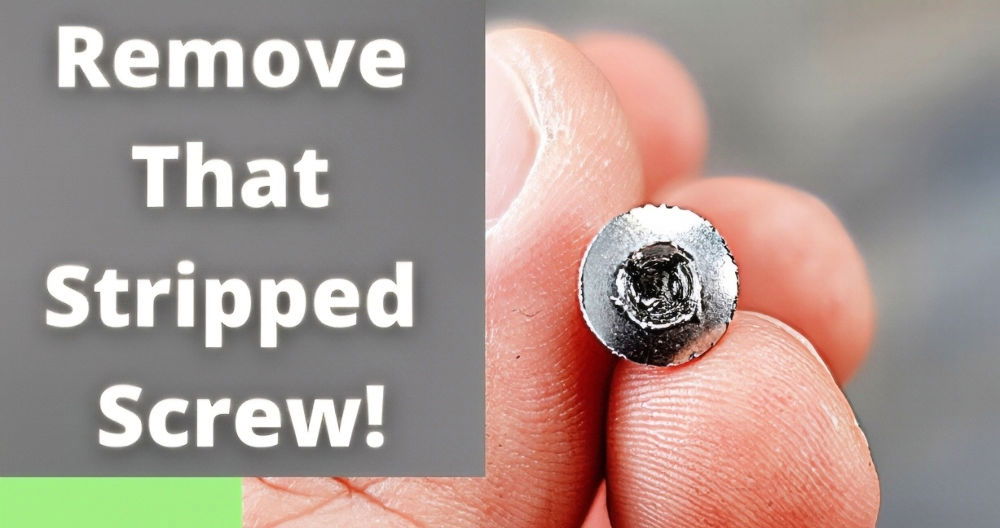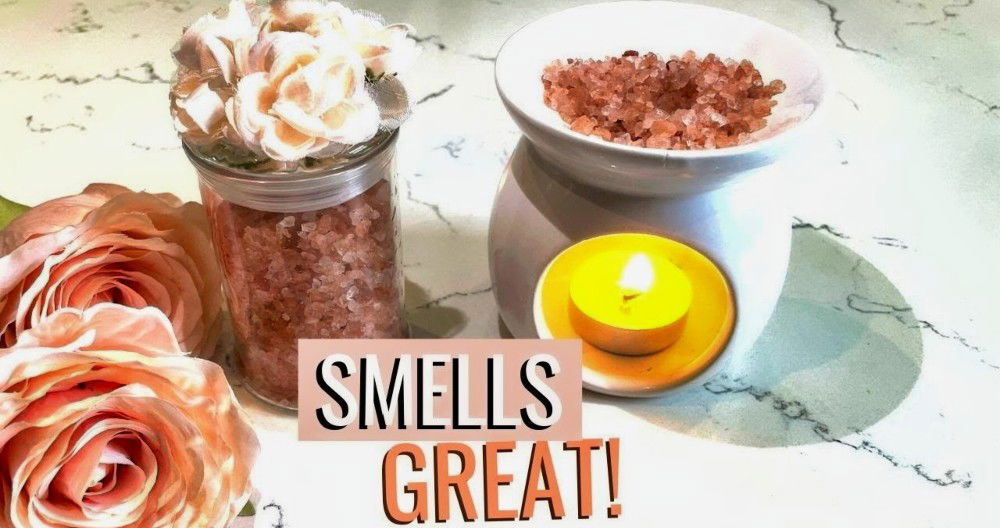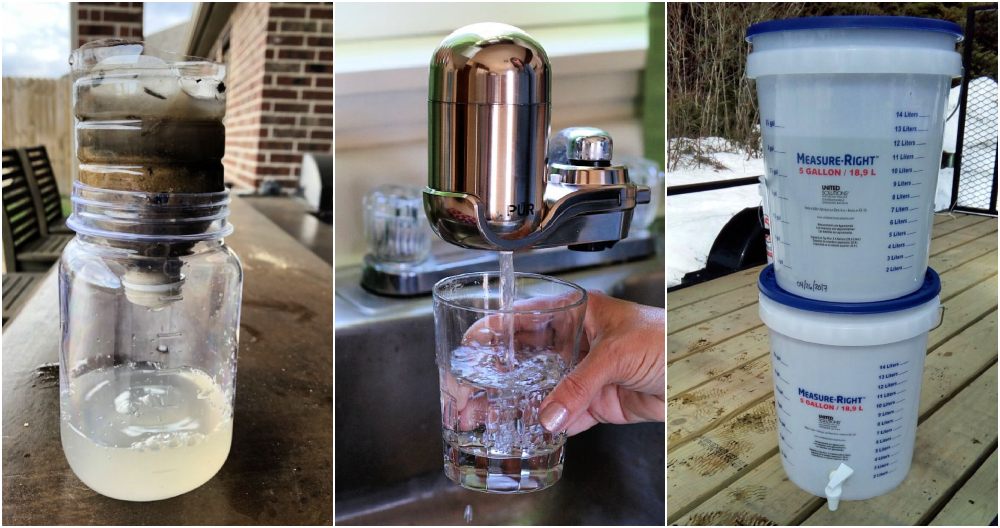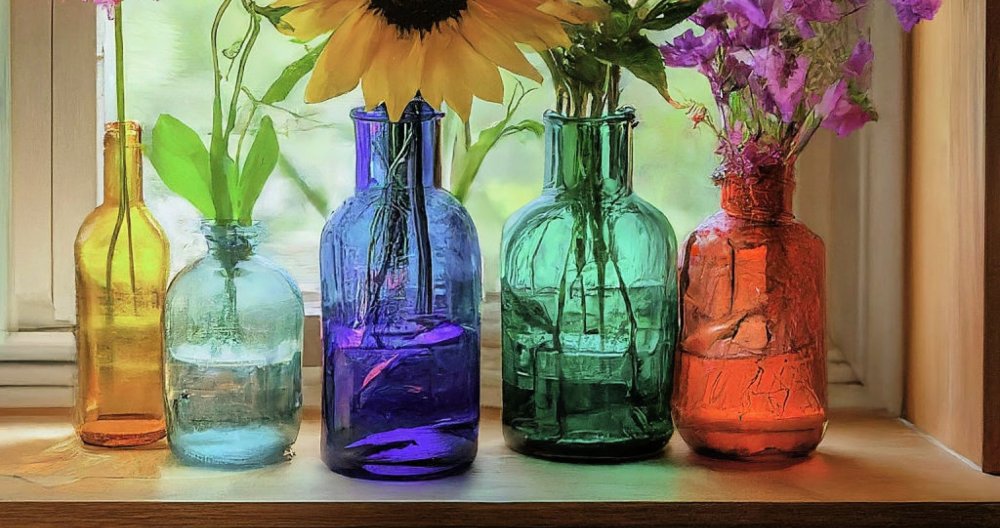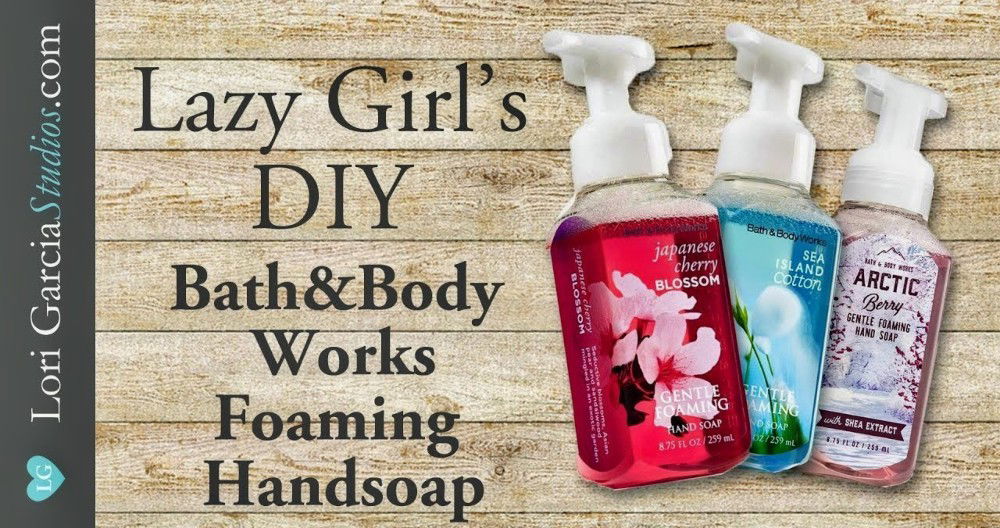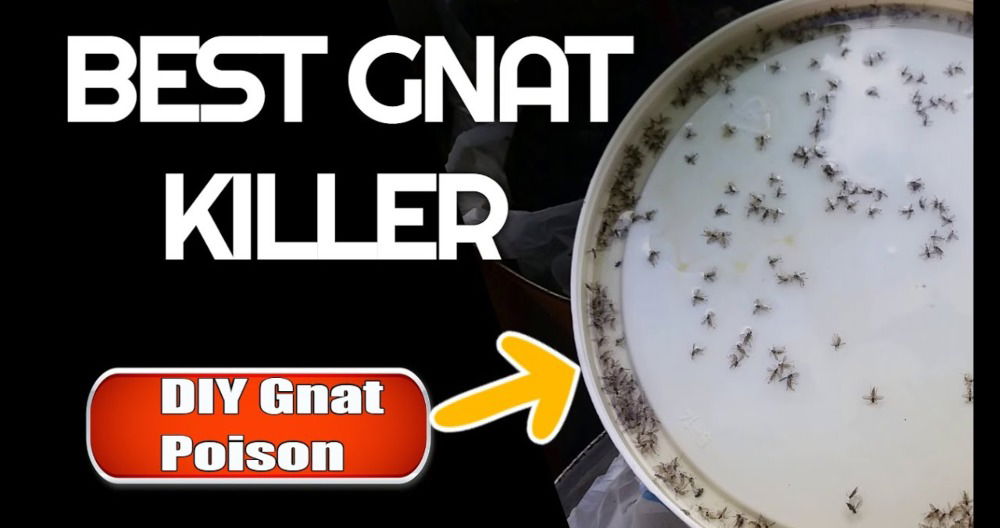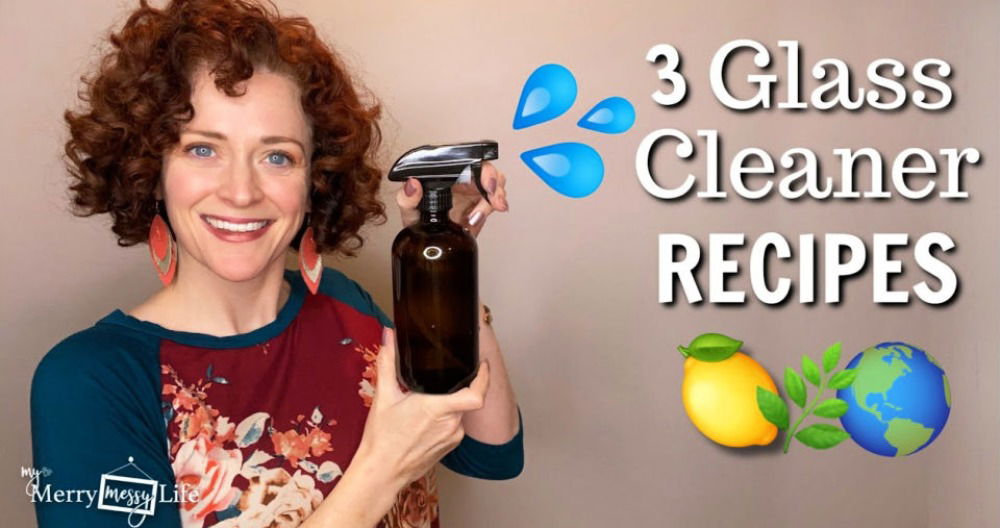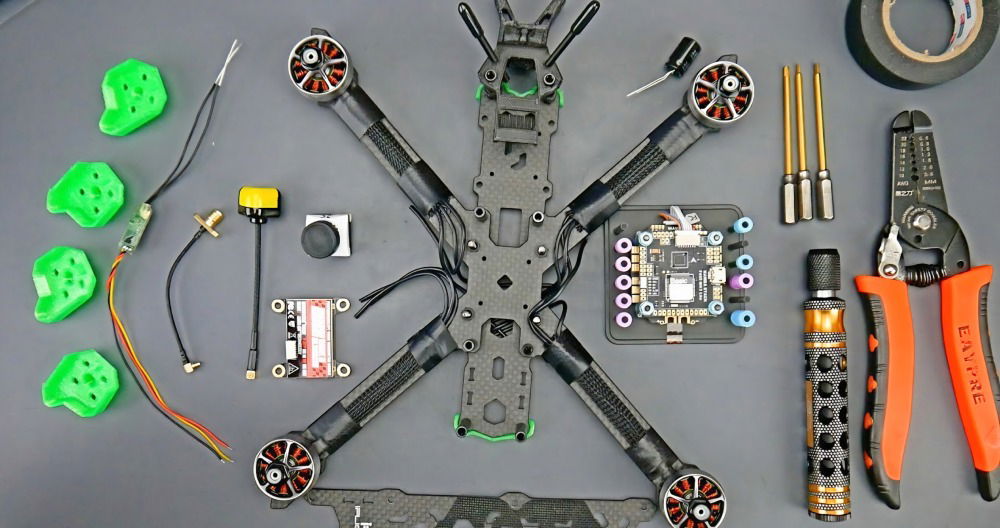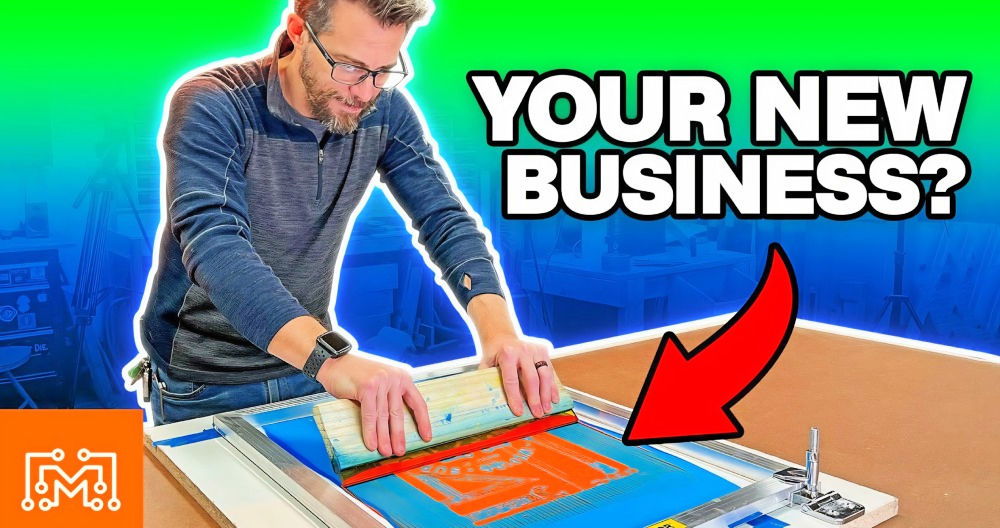My living room had a musty smell, and I soon found mold growing in a corner. I knew I couldn't ignore it. Armed with gloves, a mask, and a mold cleaner, I decided to tackle it myself. It was my first attempt at mold remediation, but I was determined to keep my home safe.
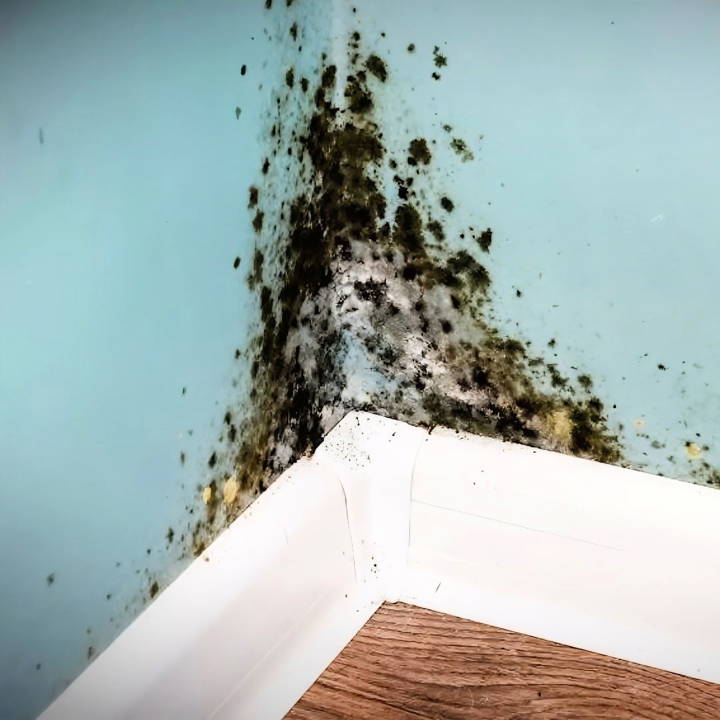
Following simple steps, I removed the moldy drywall, treated the area, and replaced it with new materials. It wasn't easy, but learning DIY mold removal saved a lot of money. If I could do it, anyone can. Learning how to remove mold isn't as daunting once you start. This guide will help you keep your space mold-free and healthy.
You can start now; this guide will help you get rid of mold efficiently.
Step by Step Instructions
Learn step-by-step DIY mold remediation with our guide. Safely remove mold & prevent future growth. Perfect for homeowners seeking solutions!
Step 1: Identify and Fix the Source of Moisture
The first and crucial step is to locate and fix the source of the moisture. Mold can't grow without water, so stopping the moisture means you control the mold.
When I discovered the mold in my attic, I traced it back to a leak in the roof. The repair involved replacing some faulty flashing. Similarly, you may have to fix leaky toilets, faucets, or roofs.
Materials Needed:
- Flashlight (to inspect dark areas)
- Moisture meter (to identify damp spots)
- Basic plumbing or roofing tools (depending on the source of the leak)
Step 2: Safety Precautions
Before you start removing mold, it's essential to protect yourself. Mold spores can be harmful when inhaled.
Materials Needed:
- Gloves (to protect your skin)
- N95 mask (to prevent inhalation of spores)
- Safety goggles (to protect your eyes)
- Tyvek bodysuit and respirator (for extensive mold)
Step 3: Remove Visible Mold and Damaged Materials
Next, remove any visible mold and materials impacted by mold or moisture. This isn't as simple as wiping the surface. Wet sheetrock needs to be replaced as it can't dry out without producing mold. Wood, however, can usually be wiped clean and allowed to dry.
Materials Needed:
- Utility knife (for cutting out drywall)
- Trash bags (for disposing of moldy materials)
- Scrubbing brush and vinegar or hydrogen peroxide (for cleaning mold off wood)
Step 4: Treat the Affected Areas
After removing the damaged materials, treat the area to kill any remaining mold spores and prevent new mold growth. While bleach can kill mold, it doesn't prevent it from returning and can damage surfaces.
Materials Needed:
- Concrobium (preferred for its mold-prevention properties)
- Spray bottle (to apply the Concrobium)
- Scrubbing brush (to remove mold stains)
To use Concrobium, spray it on the affected surfaces, wipe off any mold stains, and let it dry. This product embeds itself into the substrate, making a mold-resistant barrier.
Step 5: Make Repairs
Now that the mold is treated and dried repair any materials you removed. Replace the sheetrock and insulation, ensuring everything is dry before sealing up the wall.
Materials Needed:
- New sheetrock and insulation (if applicable)
- Joint compound (for sealing)
- Paint (to match existing walls)
Prevention Tips
Keeping your home mold-free is crucial for maintaining a healthy living environment. Here are some straightforward and effective tips to prevent mold growth:
- Control Humidity Levels: Mold thrives in moist conditions. Aim to keep indoor humidity below 60%. Use a hygrometer to monitor levels and a dehumidifier to manage moisture in the air.
- Ensure Proper Ventilation: Increase airflow in your home by opening windows and using exhaust fans in high-moisture areas like bathrooms and kitchens. This helps to reduce dampness and prevent mold growth.
- Fix Leaks Promptly: Water leaks from pipes or roofs can lead to mold problems. Inspect your home regularly for leaks and repair them as soon as possible to avoid moisture accumulation.
- Dry Wet Areas Immediately: Whether it's a spill on the carpet or condensation on a window, drying wet areas within 24 to 48 hours is key to preventing mold from spreading.
- Use Mold-Resistant Products: When renovating or building, choose mold-resistant drywall, paints, and other materials, especially in moisture-prone areas.
- Clean and Repair Roof Gutters: A leaky roof can cause water to infiltrate your home, making ideal conditions for mold. Clean gutters regularly and check for damage after storms.
- Improve Landscaping: Ensure the ground slopes away from your home's foundation to prevent water from collecting and seeping into your basement.
- Maintain Indoor Plants: While they're great for air quality, plants can also harbor mold in their soil. Use Taheebo tea to water plants, as it can help prevent mold growth without harming the plant.
Use these tips to prevent mold and save time and money. Prevention is key to a healthy, mold-free home. Stay vigilant and maintain these practices.
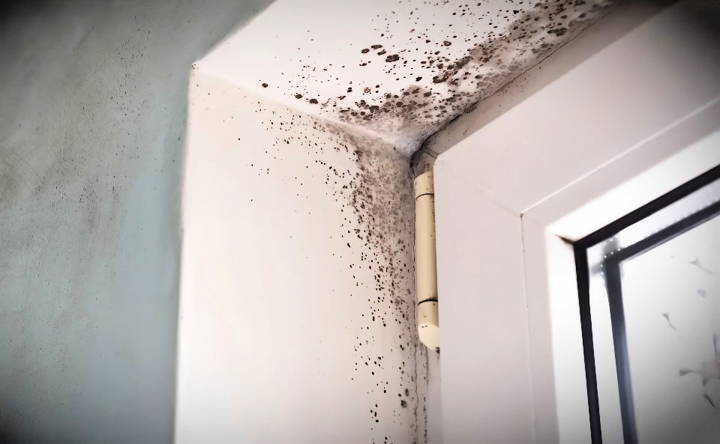
Natural Remedies
When it comes to mold remediation, natural remedies can be both effective and environmentally friendly. Here's a guide to using simple, natural methods to tackle mold in your home:
- Vinegar: White distilled vinegar is a powerful mold killer. Apply it undiluted to the affected area, let it sit for an hour, and then wipe it clean. Its acidic nature helps prevent mold from returning.
- Baking Soda: Mix baking soda with water to make a paste or solution. Apply it to the mold, scrub gently, and rinse. Baking soda is non-toxic and deodorizes as it cleans.
- Tea Tree Oil: A natural fungicide, tea tree oil can be mixed with water (1 teaspoon oil to 1 cup water) and sprayed onto mold spots. Do not rinse, allowing the solution to work over time.
- Grapefruit Seed Extract: Similar to tea tree oil, mix it with water (10 drops extract to 1 cup water) for a non-toxic mold spray. It's odorless and has a longer shelf life than other natural options.
- Hydrogen Peroxide: A 3% hydrogen peroxide solution can be applied directly to mold. Let it bubble for 10 minutes before scrubbing and rinsing. It's a safe alternative to bleach and can be used on various surfaces.
- Essential Oils: Some essential oils, like clove and cinnamon, have mold-fighting properties. Mix a few drops with water and spray on the mold. Always test a small area first for any adverse reactions.
- Sunlight: Mold hates sunlight. If possible, take moldy items outside on a sunny day to help kill the mold naturally.
- Air Circulation: Increase air circulation and sunlight exposure inside your home. Open windows and use fans to dry out damp areas where mold tends to grow.
Use natural remedies to prevent mold for a healthier home without harsh chemicals. For large areas or mold sensitivity, consult a professional.
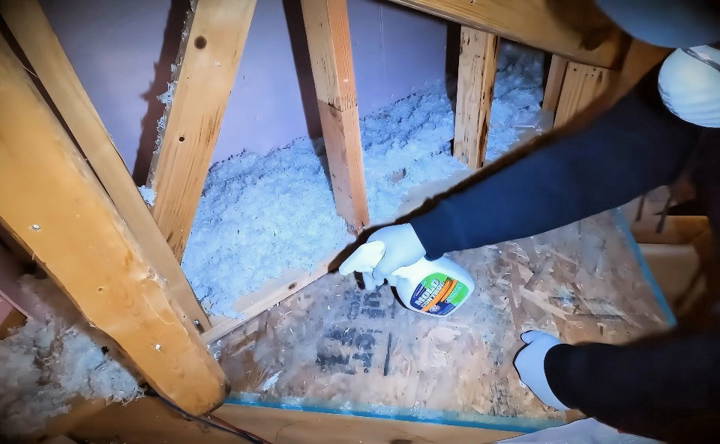
Post-Remediation Care
After addressing a mold issue, it's important to take steps to ensure it doesn't return. Here's how you can maintain a mold-resistant environment:
- Regular Inspections: Check your home frequently for signs of moisture or mold, especially in previously affected areas. Look for condensation on windows, peeling wallpaper, or musty odors.
- Maintain Dry Conditions: Use dehumidifiers and air conditioners to keep humidity levels low. In damp areas like basements, consider using moisture absorbers.
- Ventilate: Keep your home well-ventilated. Use exhaust fans in bathrooms and kitchens to remove moisture. Open windows when weather permits to allow fresh air circulation.
- Immediate Response to Water Intrusions: If you experience a leak or flooding, act fast. Dry all wet materials within 24 to 48 hours to prevent mold growth.
- Clean Regularly: Dust and vacuum your home often. Clean and dry any spills or stains on carpets and furniture immediately to prevent mold from taking hold.
- Monitor Humidity: Use a hygrometer to keep an eye on your home's humidity levels. Aim to keep it below 60% to discourage mold growth.
- Repair Leaks: Fix leaky roofs, windows, and pipes promptly. It's not just about the immediate water damage—these are potential hotspots for mold.
- Use Mold-Inhibiting Products: When painting, use mold-inhibiting additives in your paint. For new construction or renovation, choose mold-resistant building materials.
- Protect Your Belongings: Store items, especially fabrics and papers, in well-ventilated areas. Plastic storage containers can trap moisture, so consider alternatives like breathable materials.
- Educate Your Household: Make sure everyone in your home understands the importance of maintaining a mold-free environment and knows what to look for.
Follow these post-remediation tips to prevent mold. Regular maintenance is vital. If unsure or overwhelmed, seek professional help.
FAQs About DIY Mold Remediation
Get answers to your questions about DIY mold remediation in our FAQs. Learn effective techniques and safety tips for handling mold issues yourself.
Mold is a type of fungus that grows in moist environments. It can cause structural damage to your home and health problems such as allergies and respiratory issues. Removing mold is essential to maintain a healthy living space and prevent further damage.
You might have a mold problem if you notice:
A musty or earthy smell.
Visible growth on walls, ceilings, or other surfaces.
Health symptoms like sneezing, coughing, or headaches when at home.
The first steps include:
Identifying the source of moisture and fixing it to prevent mold growth.
Wearing protective gear like gloves, goggles, and an N-95 mask to avoid inhaling spores.
Sealing off the area to prevent spores from spreading to other parts of your home.
Yes, you can clean mold yourself if the area is small and the mold is not toxic. For non-porous surfaces, you can use a solution of water and detergent. For porous surfaces, it may be necessary to remove and replace the affected material.
You should call a professional if:
The affected area is large (more than 10 square feet).
You suspect the presence of toxic black mold.
You have health conditions that make mold exposure dangerous.
Conclusion
Wrapping up, understanding the essentials of mold remediation can help you tackle this common household issue effectively. By following the steps provided in this guide on DIY mold removal, you can ensure a safer and healthier home environment. Remember, knowing how to remove mold properly is crucial for maintaining your home and protecting your health. Stay informed and prepared to handle any mold situation with confidence.


